If you’ve been keeping up with our infrared photography performance reviews, you may remember our analysis of the Canon EOS R for infrared and full-spectrum photography. One common post-conversion issue a camera can have is an internal infrared light leak caused by an internal shutter-monitoring IR LED. What a mouthful. Essentially, it’s an internal diagnostic light to provides feedback to on the cameras shutter function. The longer the shutter is open, the longer it stays lit. These LEDs emit a tiny bit of infrared light that is totally invisible to a normal camera sensor, so it does not interfere with the image. However, once a camera is converted to infrared or full-spectrum, that light becomes visible to the sensor. Even then, the IR LED still won’t appear in photos with handheld shutter speeds because it’s so dim. But, if you take a camera with this feature out for long exposure / high ISO shooting, such as astrophotography or astro landscapes, the LED might be enough to blow out your images.
When it came to the EOS R, we tested our first model with the RF 24-105 and were met with a terrible light leak. We assumed the camera was stuck with the IR LED issue similar to other Canons like the 6D Mk II and the 5D Mk IV. We tested a later model with only a body cap, which produced a perfectly black frame, IR LED light leak free. Was our first model defective? New testing reveals the issue is in fact lens based. Most (but not all) RF lenses trigger the type of IR light leak you see below. The good news is that this ONLY occurs with RF lenses. So, if you’re looking into using the R or RP for full-spectrum and infrared photography, this is another reason to consider sticking with EF lenses on the RF-EF auto-focus adapter. Our full set of lens tests continues below. See our hotspot testing here!
Internal IR LED Tests
Body Cap and Adapted Canon Lens Complete Dark Test
As you can see, every frame from adapted lenses (or with no lens at all) comes out clean black. You’ll have no issues shooting infrared long exposures with the EF-RF adapter and EF glass.
Native RF Lens Complete Dark Test
RF15-35mm F2.8 L IS USM
The slightest trace of a leak/reflection coming off of the 15-35, worst at 15mm.
RF24-70mm F2.8 L IS USM
There it is.
RF24-105mm F4 L IS USM
And again, the one we originally encountered during our first test.
RF24-240mm F4-6.3 IS USM
Orbital view of a large gas planet, consistent through the full focal range.
RF28-70mm F2 L USM
A win for the 28-70! Shame about the hotspot, though.
RF50mm F1.2 L USM
No light leak on the RF 50 1.2 L! That combined with its fair hotspot performance makes this lens a viable candidate for IR.
RF70-200mm F2.8 L IS USM
A change in pattern with the RF 70-200.
RF85mm F1.2 L USM
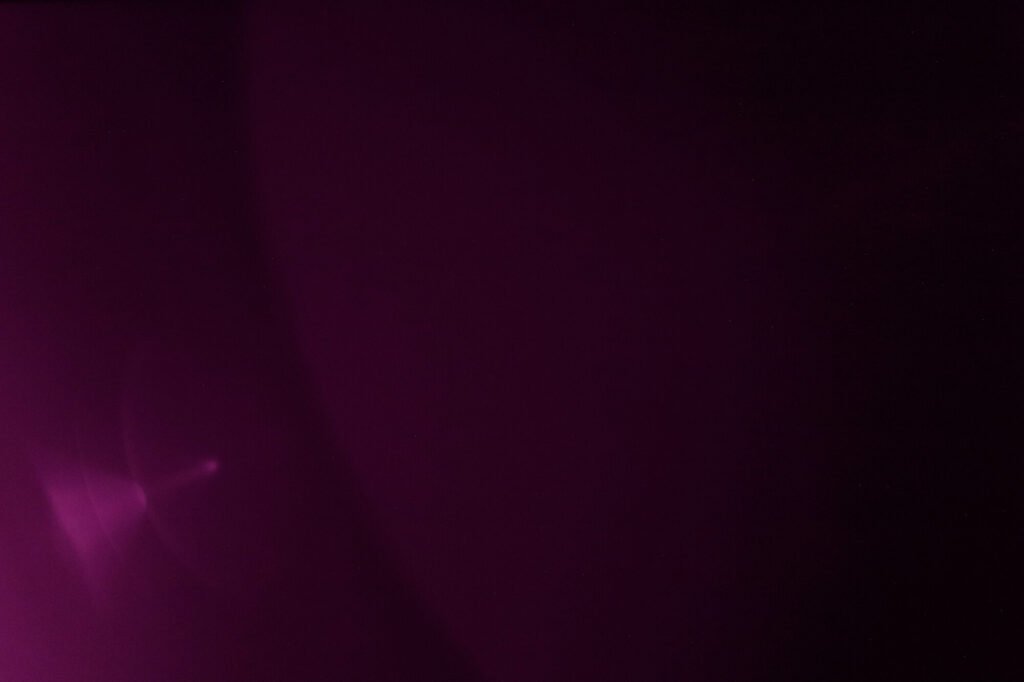
And, just the hint of glare with the RF 85 1.2 L, but enough to ruin the shot.
Conclusion
Most (but not all) RF lenses trigger some variation of the IR LED light leak/internal reflection with the Canon EOS R series of cameras. This will no issue to you whatsoever if you don’t shoot long exposures or astrophotography. But, if you do take those types of photos, you’ll definitely want to stick to using EF lenses with the RF-EF autofocus adapter! Also be sure to check out our hotspot test before you make any final purchase decisions!
Do you have any questions or experience with this problem from time shooting infrared and full-spectrum photography? Let us know in the comments section below!
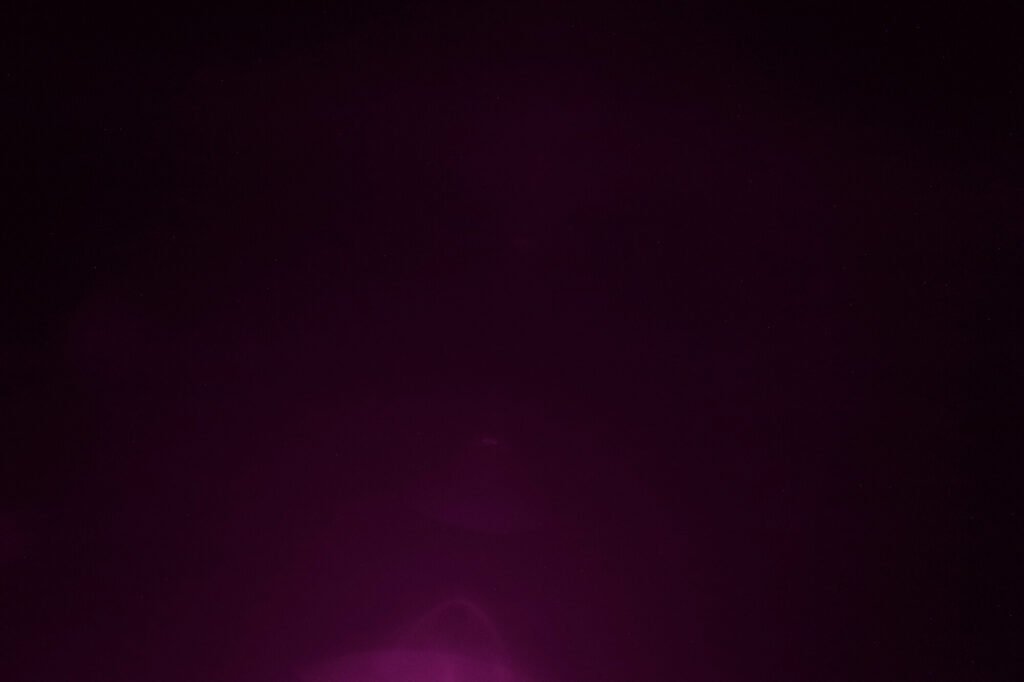
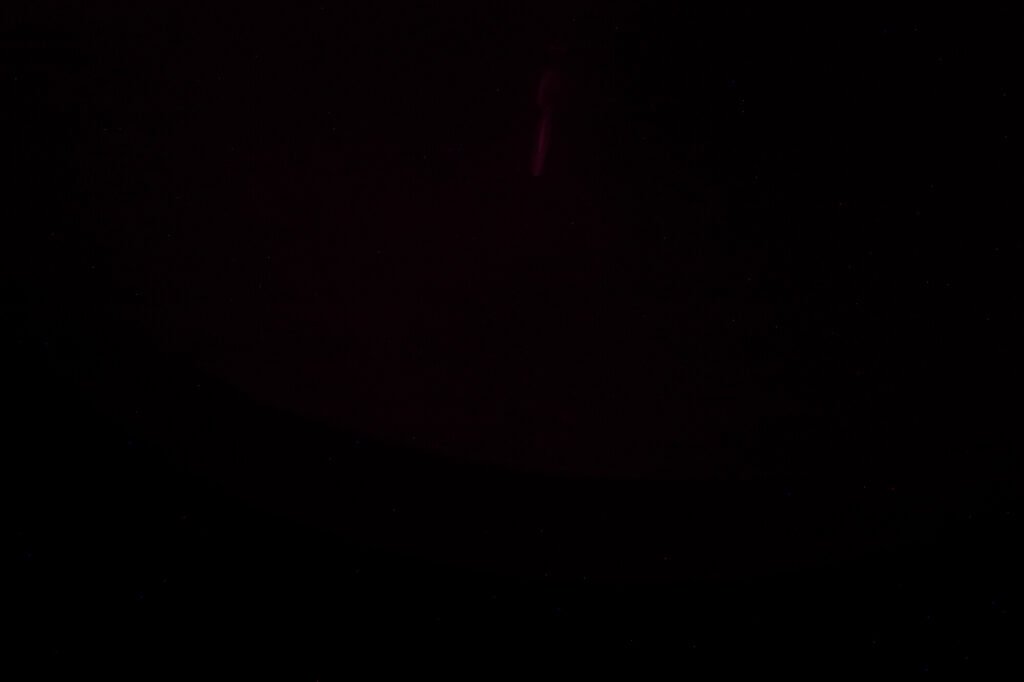
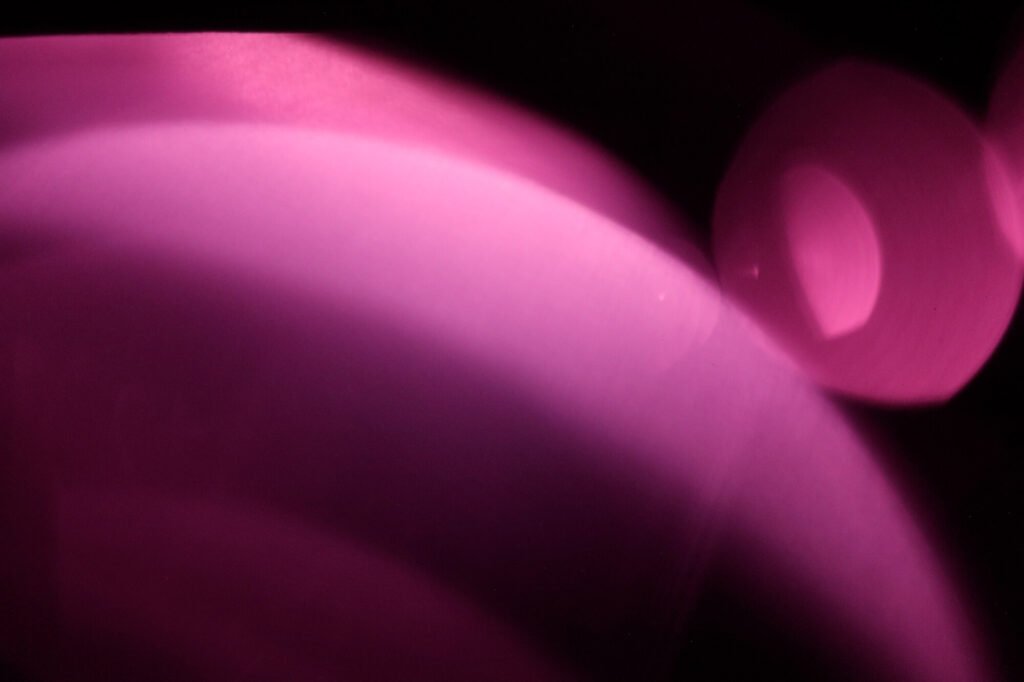
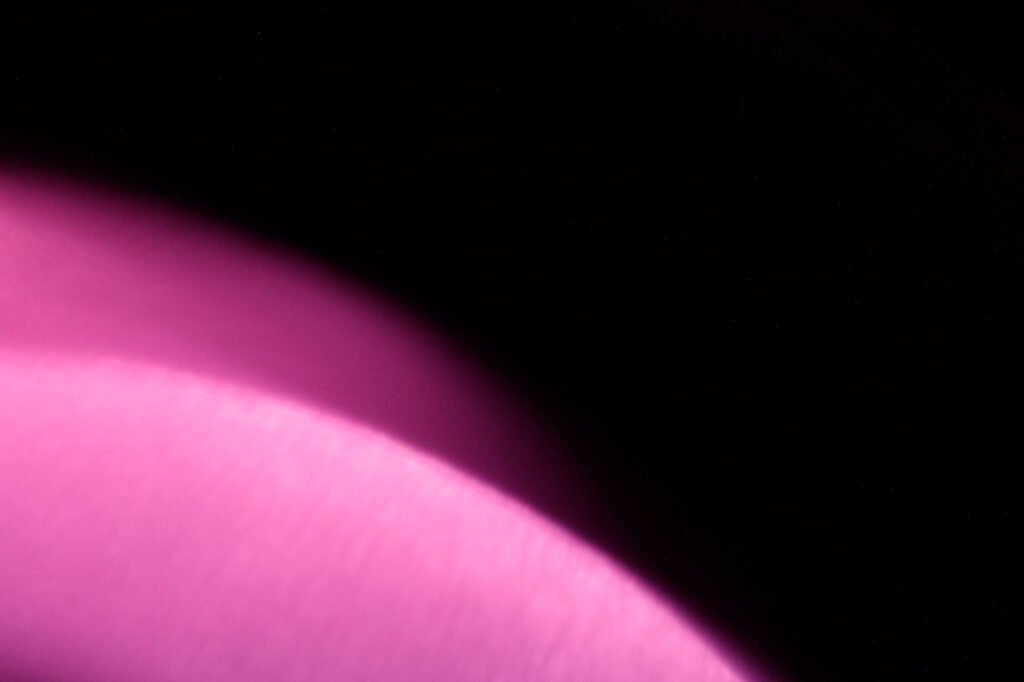
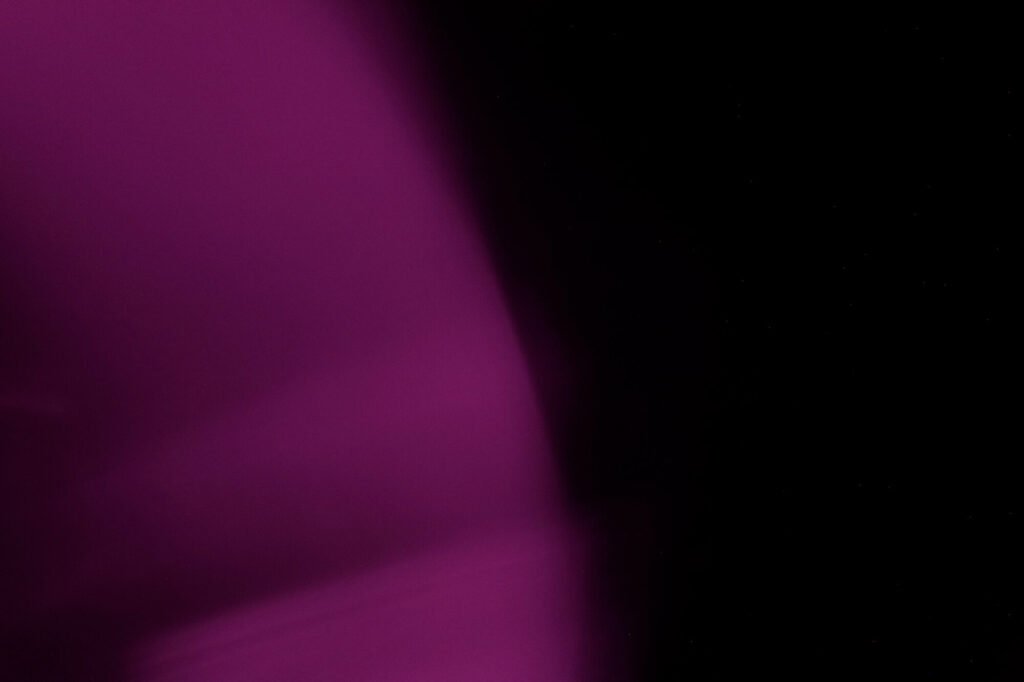
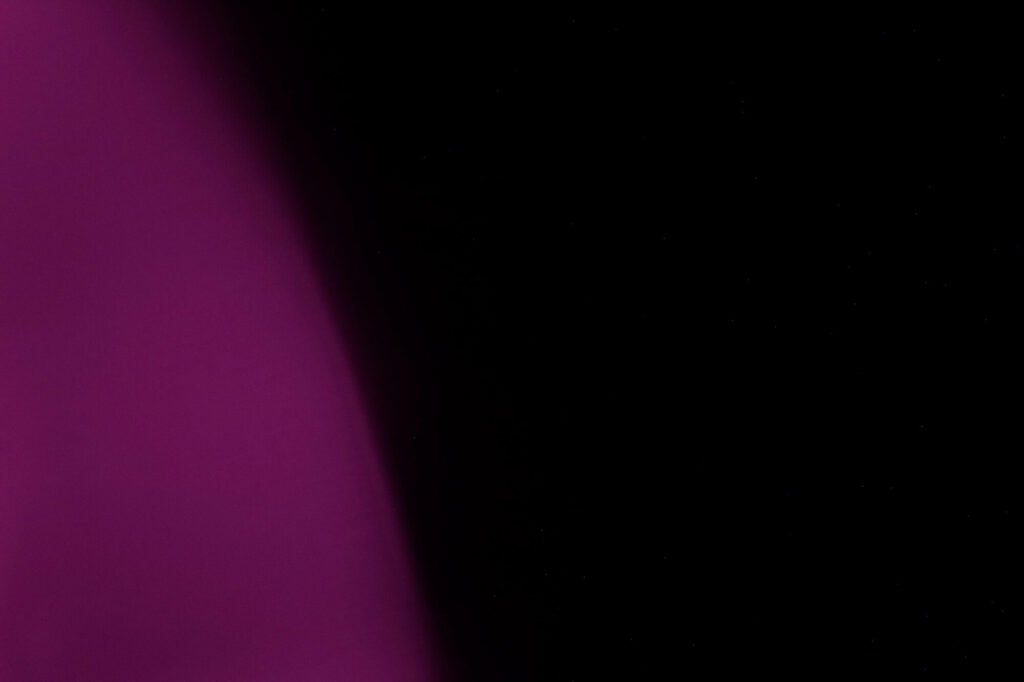
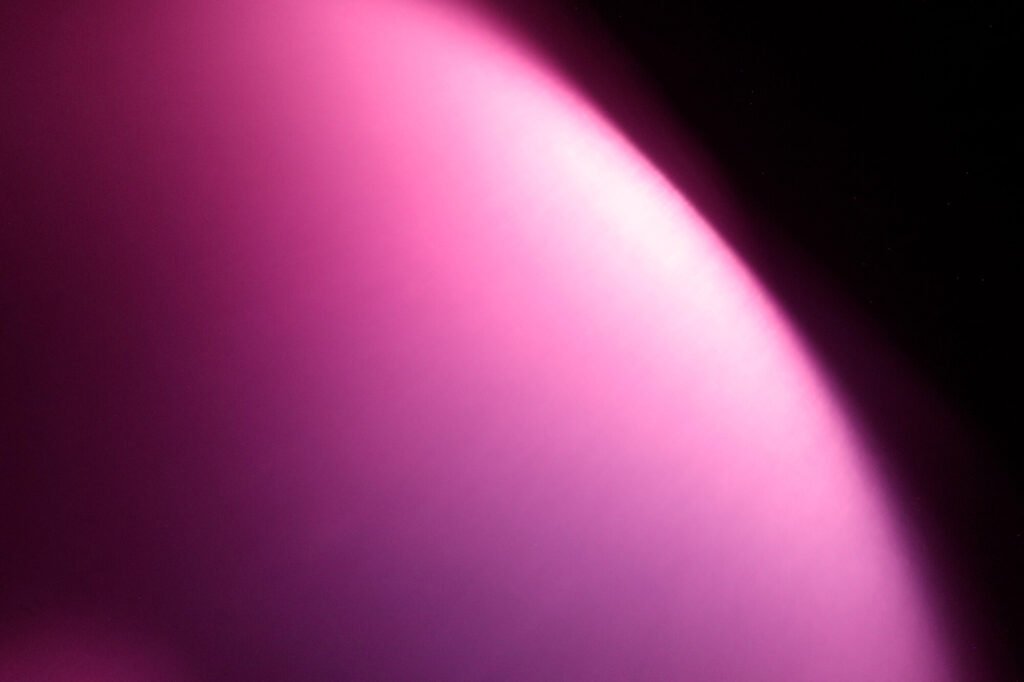
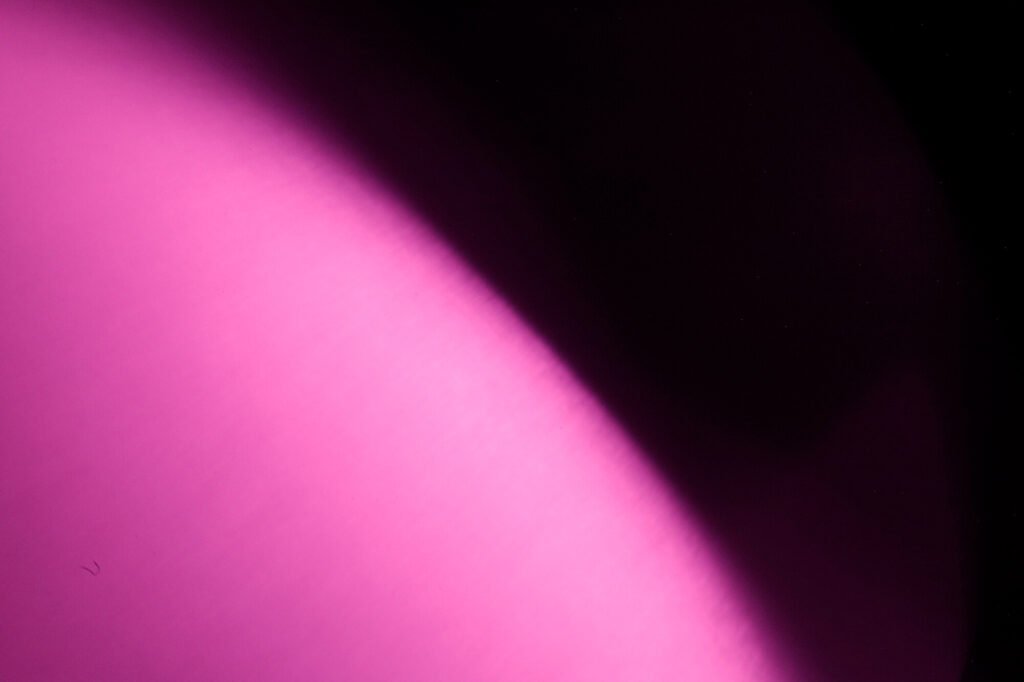
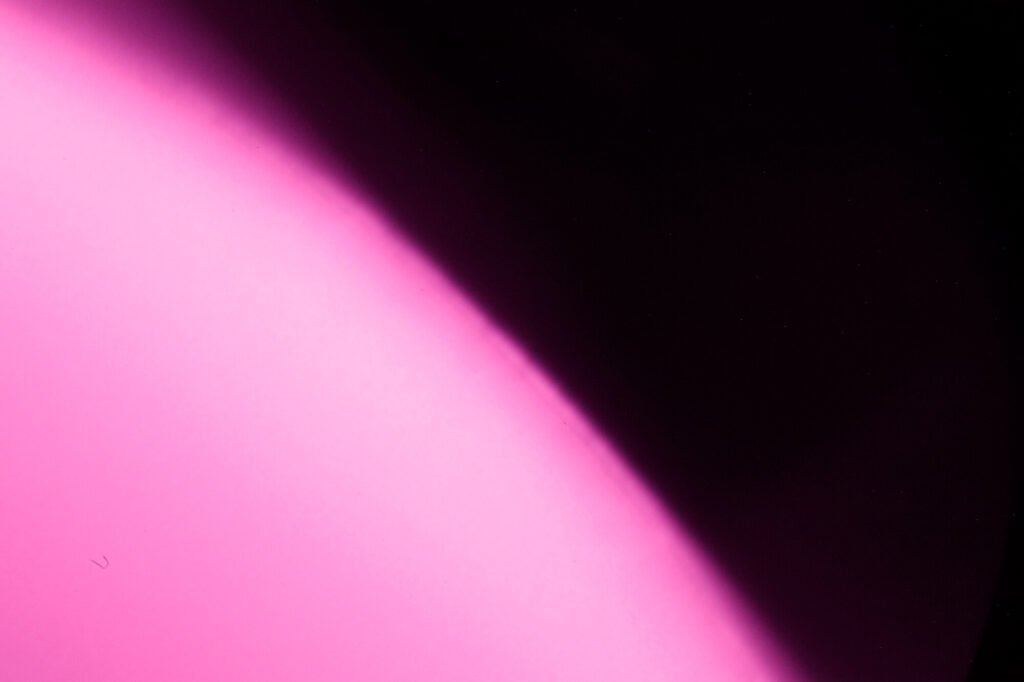
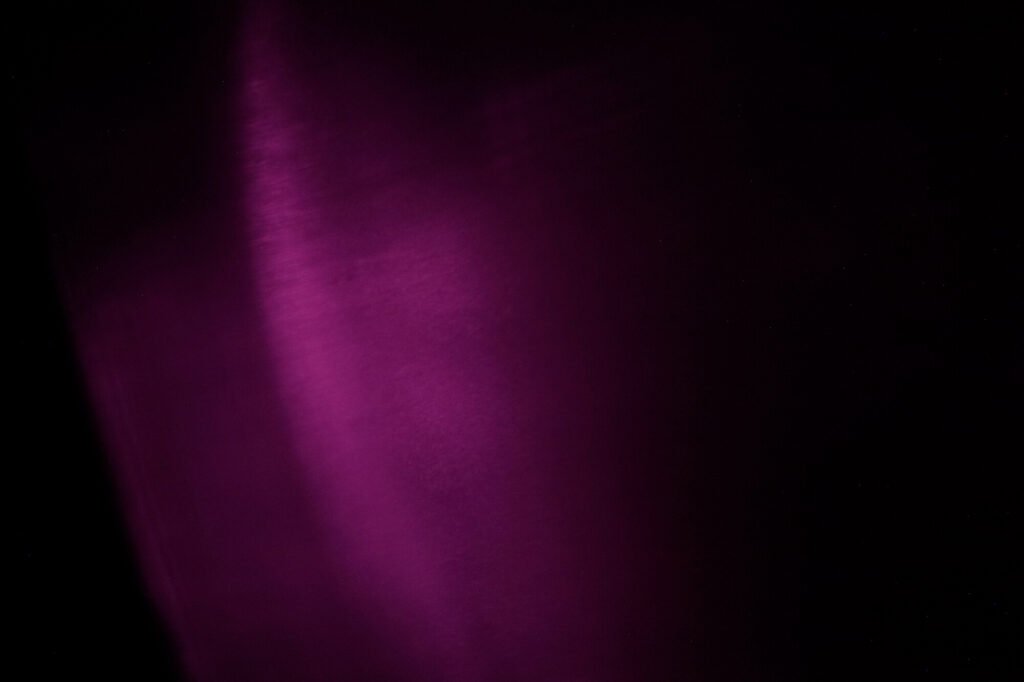
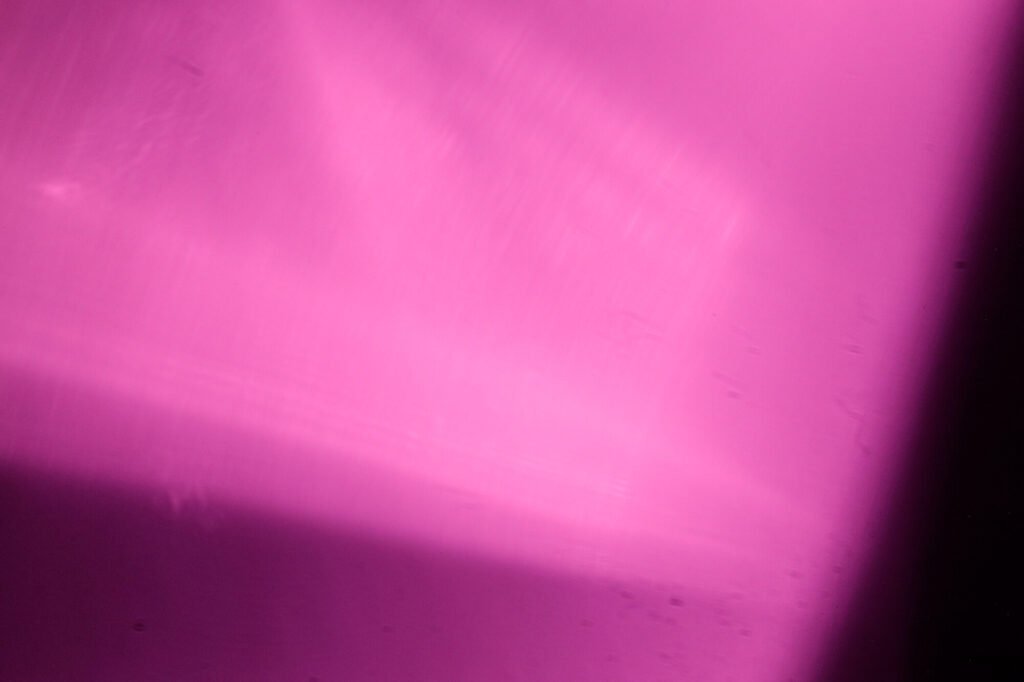
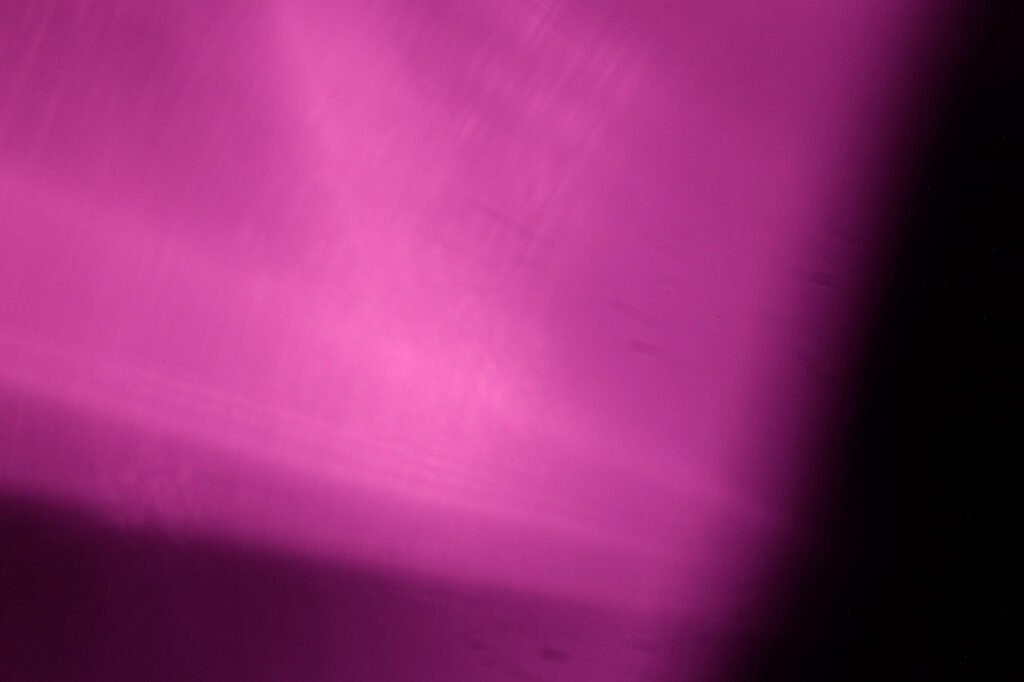

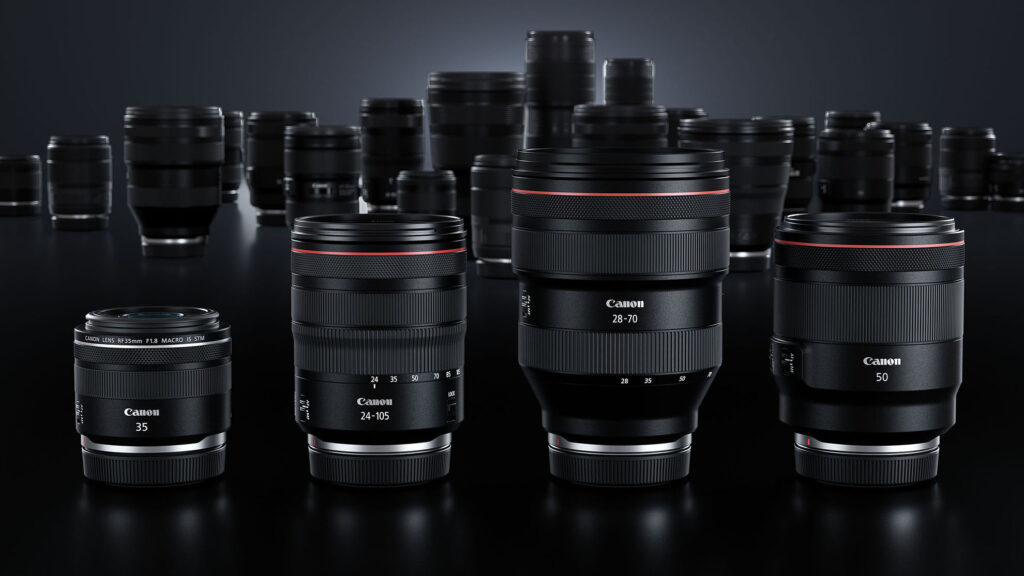

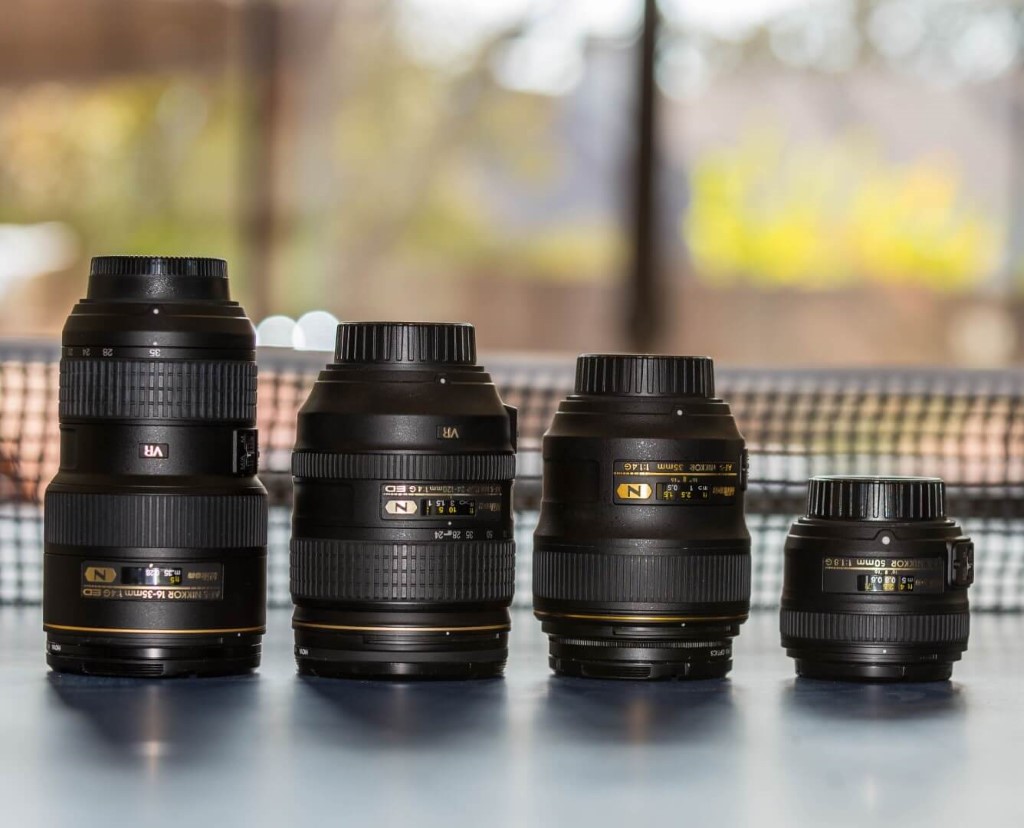
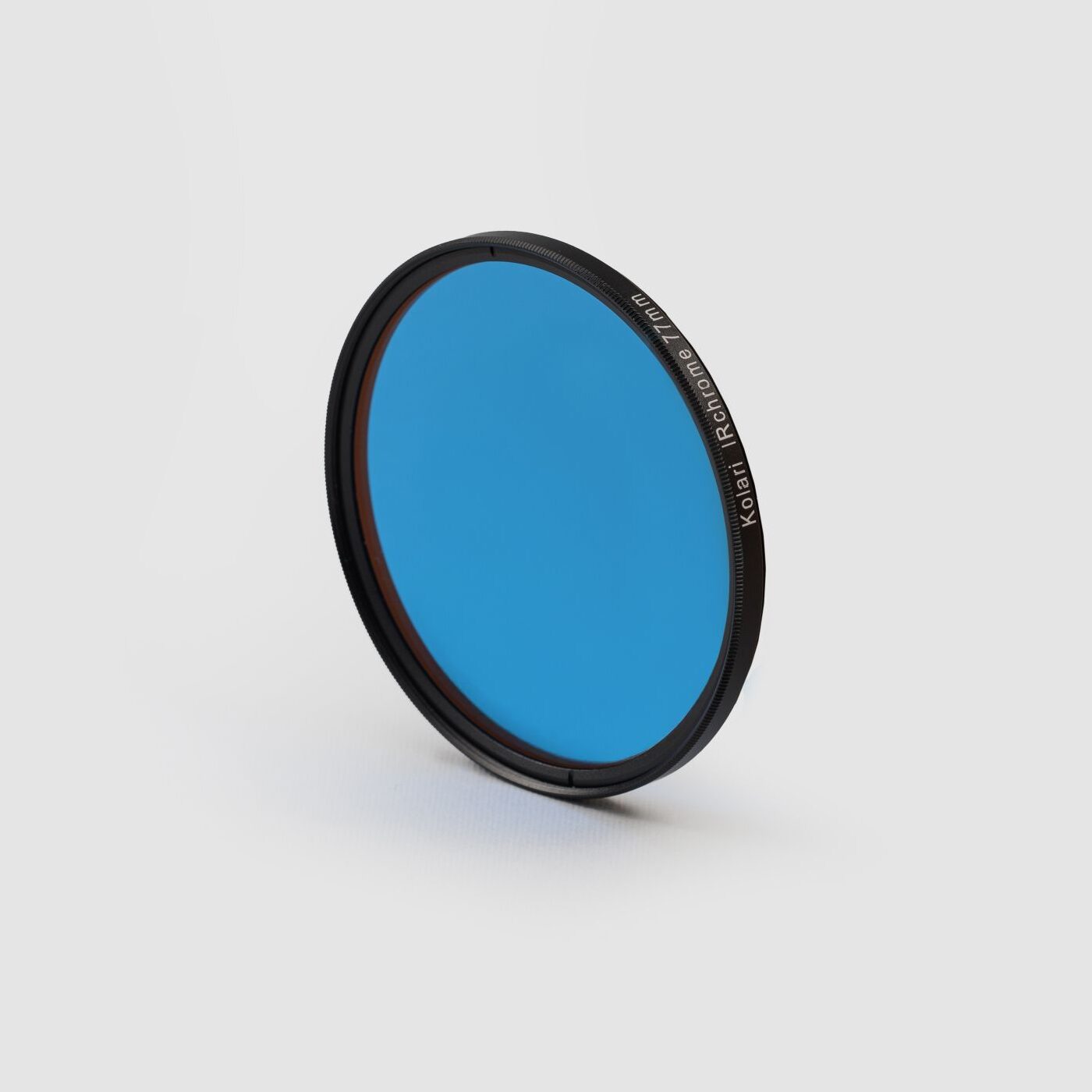


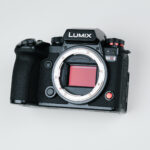

12 Responses
Is this light leaking from an IR light source in the lens or through the optics from the outside? I’m curious if you will see this light leakage if shooting on a full spectrum camera with a visible light filter on the lens. It would be a pretty serious problem if you can’t shoot ANY long exposure images on a full spectrum camera with these lenses.
It is coming from the lens itself, if we block the electronics to the same lens and use it unpowered there is no leak.
Would a clip in body filter solve the problem.
Yes a hot mirror or UVIR Cut clip in filter solves the problem.
The solution, according to KolariVision, is to use “old Canon Glass” on a new mirrorless camera( if you shoot long exposures). So that means all those landscape photographers need to change their way of shooting? This is not a solution to the issue. The Canon “OLD GLASS” is not as superior as the RF glass. Why would you use old technology on a brand new system?
Hi Jon,
We did not design these lenses, often times new lenses are simply not the best lenses for infrared as coatings can often change making a lens not compatible for IR shooting, or in this case the IR led can cloud your images with long exposures. We do not recommend using “old glass”, we recommend using EF lenses when possible, which includes many modern and legendary L lenses, some of which are the best lenses for IR that have ever been made. That said, you can still use your R lenses on the R cameras for visible light photography, you would just need to use a clip in hot mirror filter to block the IR signal, and the lenses go back to fully useable even for long exposures.
Would you mind going into more detail into how the test is performed so I can try replicating it with my RF lenses that I own? There have been quite a few RF lenses that have been released since this (very helpful) article was posted. Thank you.
Go into a dark room, set the camera to bulb mode, leave the lens cap on, open the shutter for ____ amount of time, review image?
Is the amount of time the same for every lens?
Good news: the Canon RF 24-105mm NON-L apparently does NOT have this problem. I took a 30″ exposure and no sign of LED light. It’s a dandy little lens, better than I expected. And it has a nice .5 “center focus” macro feature.
Do these light leaks happen on the EOS Ra as well? I would assume not, whether due to a firmware difference or a different filter.
It should not, these light leaks are most likely around around the 850nm which the Ra, or cameras modified with our astro mod should be blocking.
I’m just looking to buy an R body for full spectrum. I have my money in hand and ready to order 🙂
Glad to know this but I’m not overly worried as I have a good range of EF lenses. But it would help to know what the exposure times and apertures were used for these tests. I could then know how much of a problem it might be if I did use an RF lens in the future. I do landscape, scientific but also occasionally Astro.
During testing, we observed that the light leak becomes visible on most lenses at exposure times of around 8 seconds or longer. When shooting at higher ISO settings, roughly ISO 3200 and above, the effect can present itself at noticeably shorter exposure times as well.
In our experience, if a lens exhibits a light leak, it would be pretty much unusable for Astro. In this case, we would recommend using EF lenses.